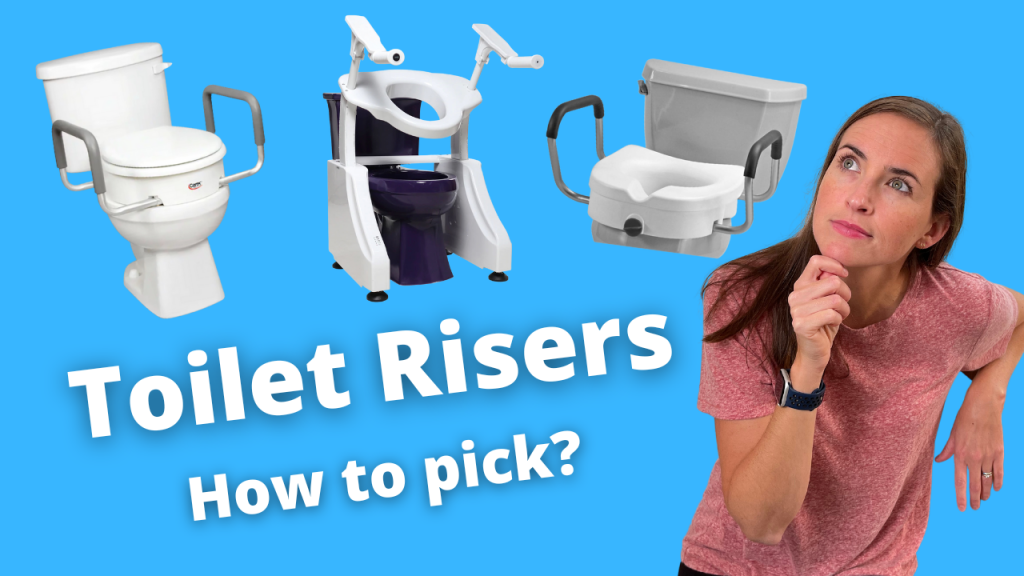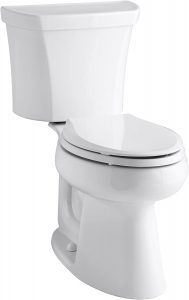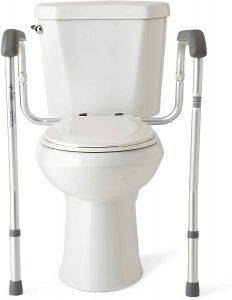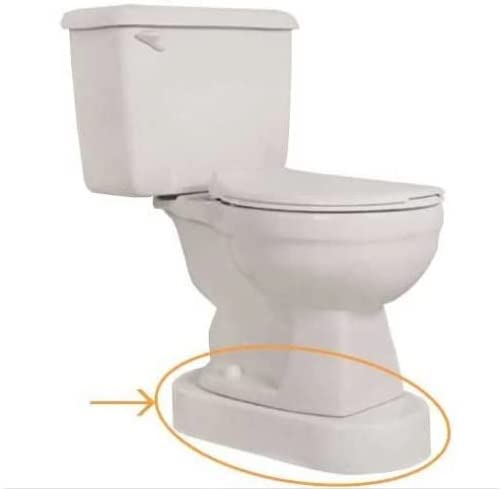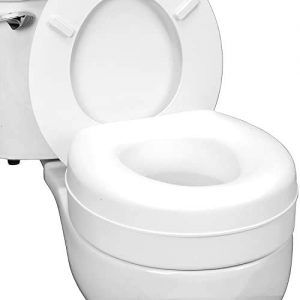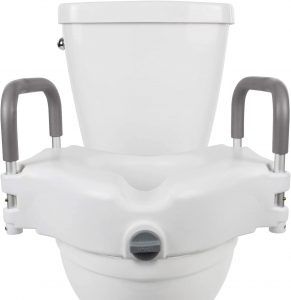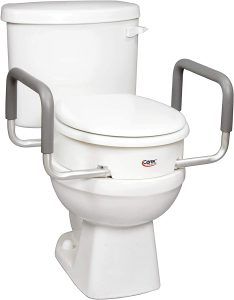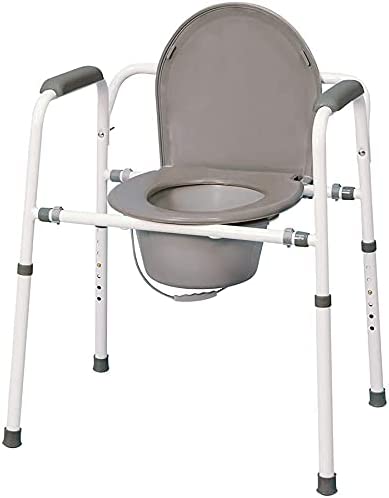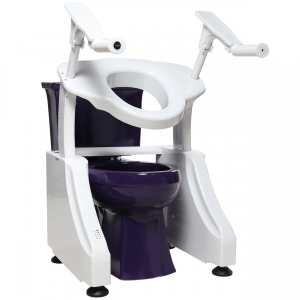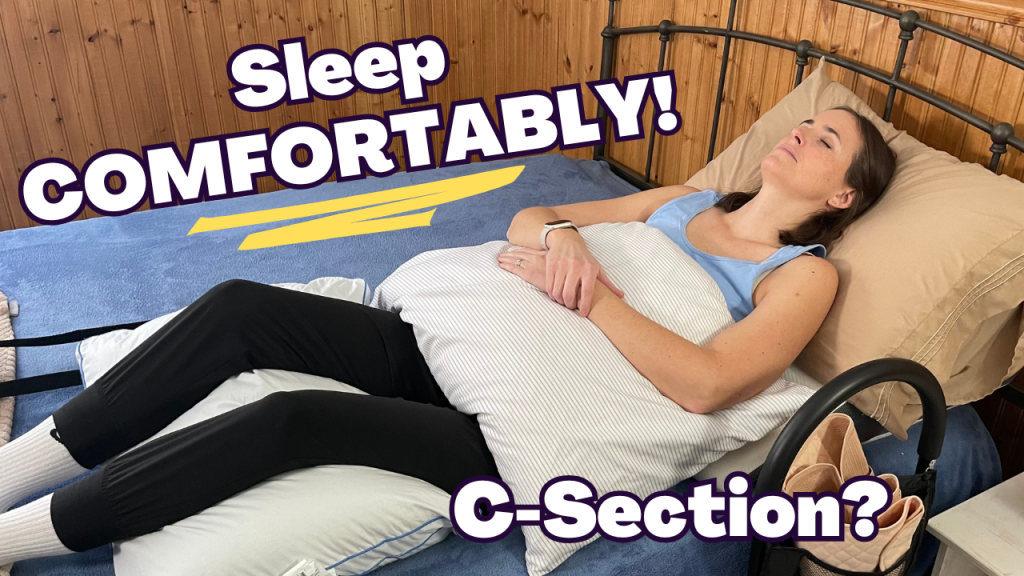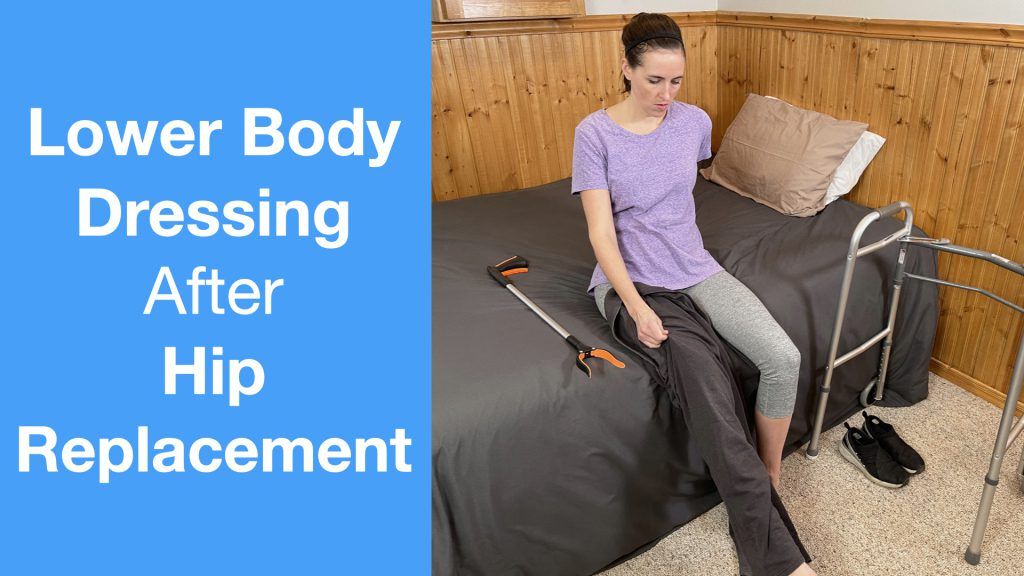Toilet seat risers make your bathroom safer if you or someone in your household needs assistance with toileting activities.
Overwhelmed by the options? Intimated by installation? Unsure of what is best for your situation?
Don’t worry!
In this guide, I’ll discuss raised toilet seats and how you can pick the right setup. First, I’ll go over a couple of toilet options that you can use to make your toilet higher and more accessible to use. Then, I’ll show you four common toilet seat risers.
At the end of this guide, I will introduce a new option from Dignity Lifts. It’s a unique product that has a lot of features that I guarantee you’ve never seen. It’s a revolutionary system that’s worth checking out and can help out a lot of people.
Overview
- Your Current Bathroom Setup
- What Are Your Best Options for Toilet Seat Risers?
- 4 Easy to Use Toilet Seat Risers
- Dignity Lifts
Disclaimer: This content includes a paid promotion by Dignity Lifts. I knew and spoke with Dignify Lifts a long time before I was considering the content for this guide and I always thought they were a great company with great products. My opinion of their products has not changed with this promoted content and I receive no commission if you buy a product from them.
Please note: Before we begin, you need to make sure you follow all the instructions and warnings provided by the manufacturer. The steps below are only to provide guidance with installing or assembling equipment, but you should always follow the warnings and instructions provided by the manufacturer and always speak with your medical team before adding new equipment to your routine.
Note: This post contains affiliate links that provide a small commission without any added cost to the user.
Your Current Bathroom Setup
Start by taking a look at your current toilet setup and make a quick inventory of your needs. What type of toilet do you have? How tall is it? How many people use your bathroom?
Answering the following questions will help you determine what your best option is. Everyone has a different situation, and you have to decide what will work best for you.
The Height of Your Toilet
First, you need to know what type of toilet you have and how tall it is. I have an older, low toilet. It measures 14” from the floor to the top of the toilet seat. That will be way too low for some folks, but it might work fine for shorter people.
Shorter people might only have to add a couple of inches to a toilet like mine, but taller people will have to add significantly more height.
Type of Toilet Bowl
The next thing you need to know about your toilet is the type of bowl. Toilet bowls are either round or elongated. Some round bowls are very small, so it’s important to know the actual size of your round bowl.
If you have a round bowl like I do, be sure to measure it because you have to get a toilet riser that fits your toilet.
Bathroom Layout
Another important consideration is whether or not you have a wall next to your toilet. If you don’t have a wall, you can’t add a grab bar, and you might need to choose an option that includes handrails.
When you decide what types of handrails to add to your toilet seat riser, you must consider what’s on either side of your toilet. How much space is there to add a grab bar? Is there anything in the way, like a toilet paper roll?
Also, think about who else uses your bathroom. If you have children in the house, it’s important not to add five inches of height to the toilet if they still need to use that bathroom.
Thinking about details like this will save you money and headaches down the road.
What Are The Best Options for Toilet Seat Risers?
Now that we’ve talked about the considerations before choosing a toilet seat riser, let’s take a look at your options.
Replace Your Toilet With a Comfort Height Toilet
The first option I always consider is replacing your toilet with a comfort height or ADA toilet. Comfort height toilets are typically about 17” to 19” tall, and that extra height might be enough, especially if you’re under 5’6”.
The downside is that replacing a toilet is one of the more pricey options. The cost will include the price of the toilet and the price of having a plumber install it. The upside is that it will give you the cleanest, final look.
You can add handrails or toilet safety frames if you need to. They mount to the toilet, and they are readily available. I have a video that explains how to install safety rails on your toilet.
Use a Toilevator To Make Your Toilet Taller
If you don’t want to put in a whole new toilet, you can use a toilevator. A toilevator goes underneath a standard toilet and lifts it several inches.
The toilevator is a very discreet option that costs less than replacing your toilet. For really tall people, you can even stack a comfort height toilet on top of a toilevator and get up to about 21-22” of toilet height.
The toilevator is a simple solution that looks great. Be sure to have it properly installed by a plumber, so you don’t develop any leaks.
Install a Toilet Seat Riser
If installing a comfort height toilet or a toilevator just are not an option in your situation, then you can install a traditional toilet seat riser. Many toilet seat risers are available on the market and most require only a couple of minutes to install with no tools or just a simple screwdriver. They are all straightforward to use, but each design comes with some tradeoffs.
4 Easy to Use Toilet Seat Risers
Now, let’s talk about four different designs of toilet seat risers.
1. Set-On Risers
The first one and the easiest to use is the set-on toilet seat riser. All you have to do is lift the toilet seat and place the riser on the bowl’s rim.
Set-on risers are the least stable option, and you have to install them correctly because nothing is securing them to the toilet. Make sure you know what type of bowl you have (round or elongated) and take proper measurements, or your riser won’t fit properly.
The set-on riser is best for multi-generational households because it comes off easily, and the plastic is easy to wipe clean. Set-on toilet seat risers are also very portable toilet seat risers because they do not attach with hardware. Being portable is important when traveling or when visiting family who may have low toilets.
2. Clamp-On Risers
Next up is the clamp-on riser. The clamp-on riser is safer and more secure than the set-on riser because it clamps to the toilet, but both work the same way. Lift the toilet seat, place the riser on the bowl’s rim, and clamp it to the toilet.
Again, you have to know what type of toilet bowl you have and ensure you have the correct measurements, so the riser fits your toilet.
Clamp-on risers are affordable and usually come with added handrails for one or both sides. They work well for multi-generational households because you can remove them, although they aren’t as easy to remove as the set-on riser.
The clamp-on riser is perfect for travel solutions or people with multiple homes, and it’s easy to keep clean.
3. Bolt-On Risers
The bolt-on riser is an even more secure option. With this option, you get to sit on your own toilet seat and not the riser. People who prefer a regular toilet seat will find this option more comfortable.
There are many variations to the bolt-on riser, which are very safe and secure. The only drawback is that some of them are difficult to keep clean because you have to unbolt the riser to clean underneath it.
Bolt-on risers come with or without handles. They need to be installed correctly to be safe and secure, and I have a video about that, too.
4. Over-Toilet Commode
The over-toilet commode is the only option covered by most insurance plans, including Medicare. Everything else I’ve talked about here is an out-of-pocket cost.
Over-toilet commodes have a lot of flexibility and can be used at the bedside, chair-side, or wherever you need them.
Over-toilet commodes are bulkier than other options, so they might not fit over your toilet if you have a small, tight bathroom. Be sure to take careful measurements so that you know your commode arms will work when you place the commode over your toilet.
Standard commodes are highly adjustable, and bariatric commodes are wider and have a greater weight capacity. Padded drop-arm commodes make it easier for caregivers to assist with lateral transfers.
Dignity Lifts
Now, I want to talk about the really cool Dignity Lift product. The Dignity Lift is a power assist lifting commode, a high-quality product completely unique on the market.
The Dignity Lift serves an important function by reducing the burden of care for a patient by providing significant ease of transfer. Like a power assist recliner, the Dignity Lift stands a person up, which reduces the amount of assistance they need.
This lifting system reduces a client’s risk of falling and gives them greater dignity during toileting activities. Dignity Lift also eases the caregiver’s stress from constantly having to do heavy lifting to assist with toileting activities.
Whether the Dignity Lift is used in a facility or home setting, the goal is to protect and serve the client in a way that maximizes their safety and dignity.
The Dignity Lift comes equipped with a battery, so it doesn’t have to be plugged in all the time, but it’s nice if you have a receptacle near the toilet to keep it charged.
The Dignity Lift has wheels so that you can wheel it in and out of the bathroom. You can either put it over the toilet or use it as a bedside option. You can use it anywhere and adjust the height to fit over any toilet.
There are three different models of toilet lifts available from Dignity Lift.
- Deluxe Toilet Lift
- Commercial Toilet Lift
- Basic Toilet Lift
Watch my video to see the Dignity Lift in action. It’s a truly revolutionary product with a lot of flexibility, and it’s ideally suited to rehab situations because you can adjust the height to build strength over time.
And there you have it–a bunch of information on how to pick your raised toilet seat!
Note: This post contains affiliate links that provide a small commission without any added cost to the user.
*all prices are at the time of publishing
- How to Sleep After a C-Section or Abdominal SurgeryRecovering from a C-Section, appendectomy, abdominoplasty, or other abdominal surgery can feel overwhelming, especially when it comes to something as essential as sleep. With a tender incision and limited mobility, finding a comfortable position may seem impossible—and yet, proper rest is critical for healing! In this …
How to Sleep After a C-Section or Abdominal Surgery Read More »
- How to Get In and Out of the Car after Hip ReplacementGetting in and out of a car after a hip replacement can feel like navigating an obstacle course. Ensuring you move safely and avoid unnecessary strain on your healing hip is essential for a smooth recovery. Whether you’re heading to a follow-up appointment or simply enjoying …
How to Get In and Out of the Car after Hip Replacement Read More »
- A Complete Guide to Lower Body Dressing After Hip Replacement SurgeryRecovering from hip replacement surgery (or similar traumatic injury) comes with its challenges, especially when it comes to everyday tasks like getting dressed. While your mobility may be temporarily limited, dressing your lower body can be made much easier with the right strategies and tools. This …
A Complete Guide to Lower Body Dressing After Hip Replacement Surgery Read More »
